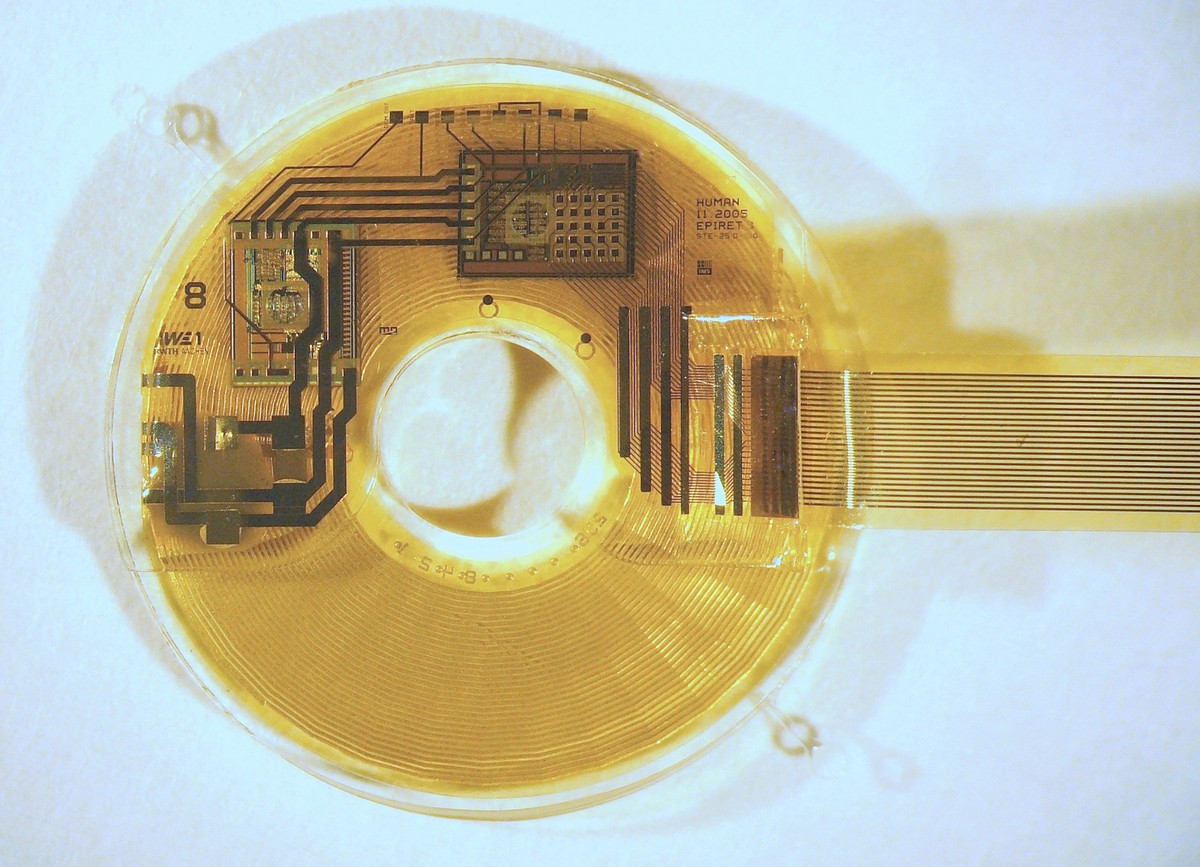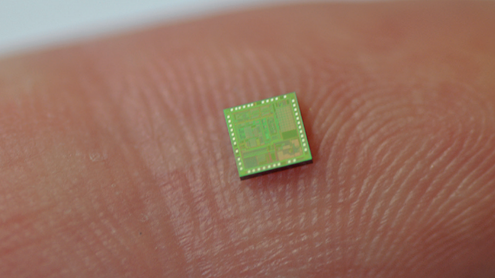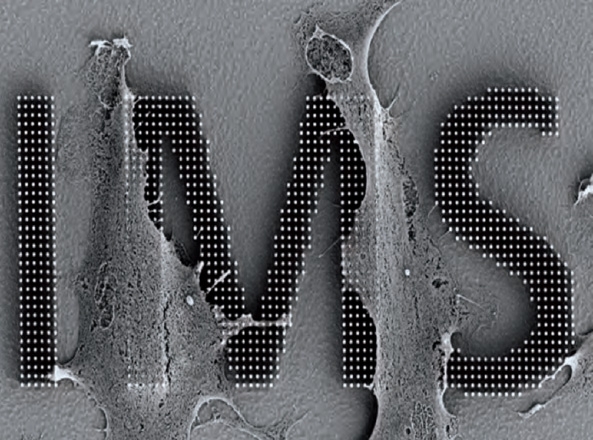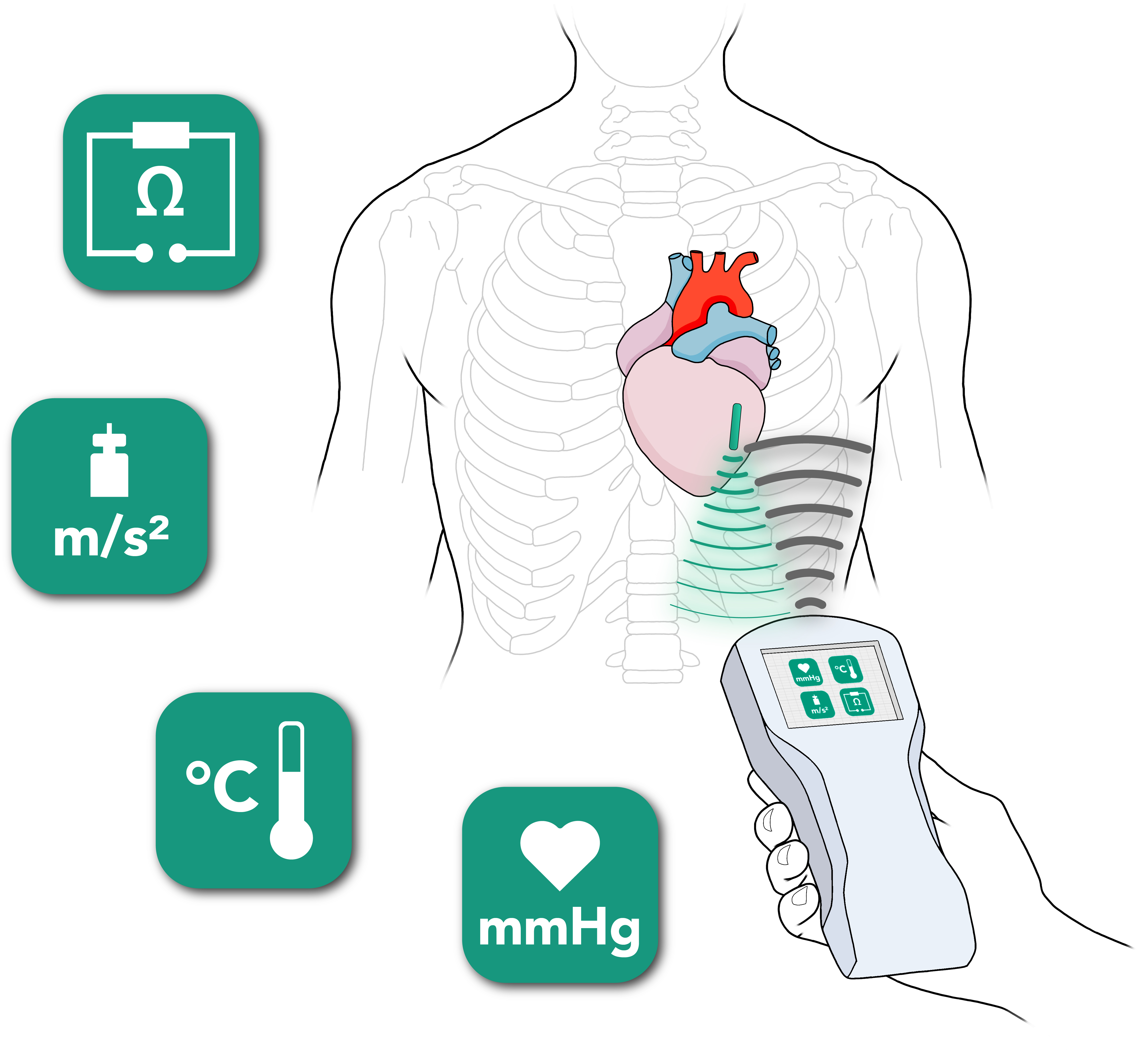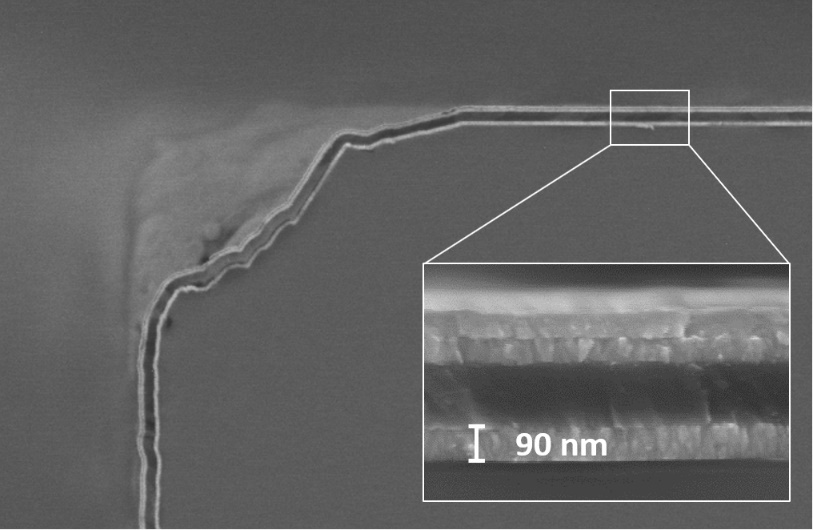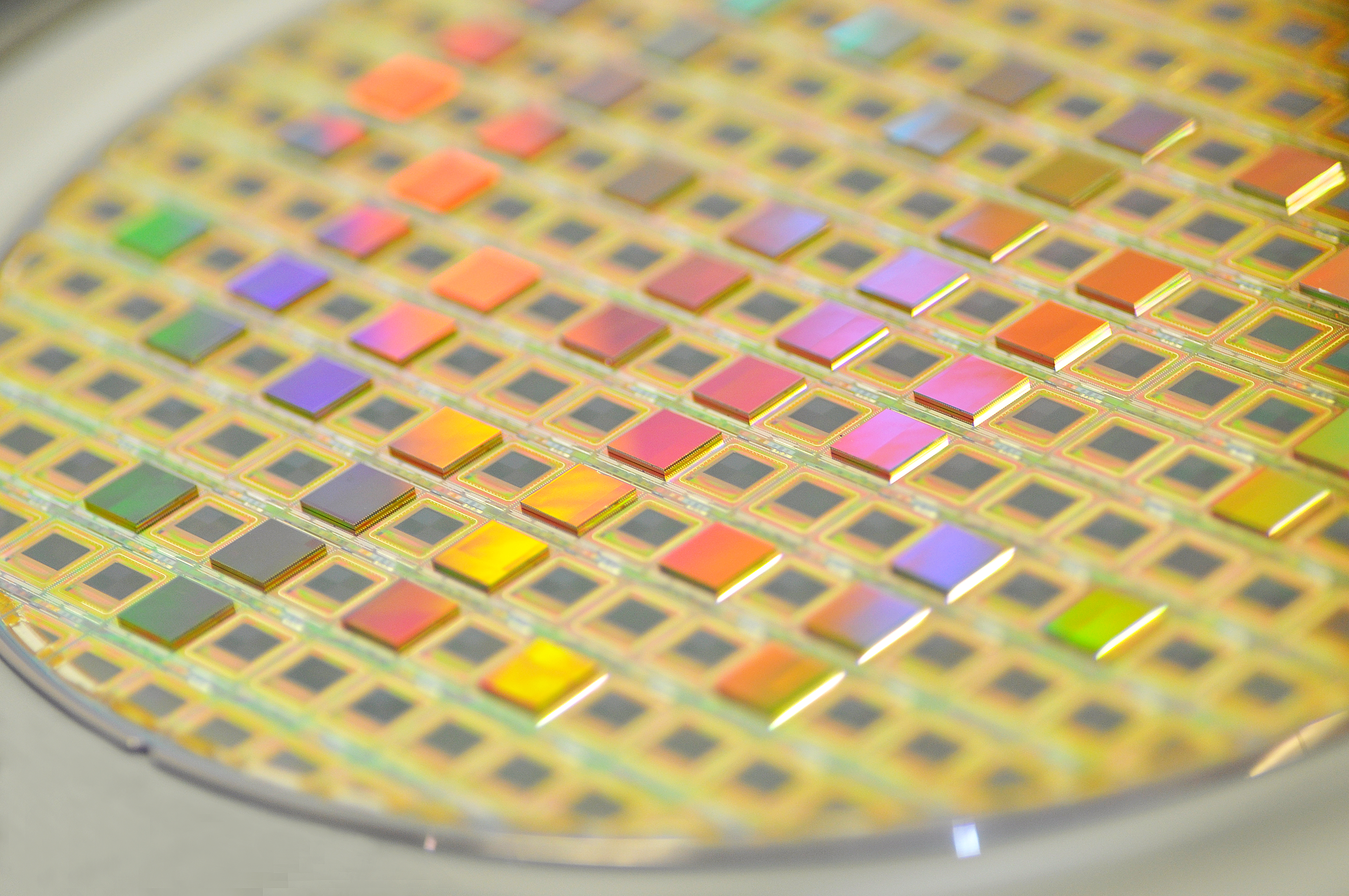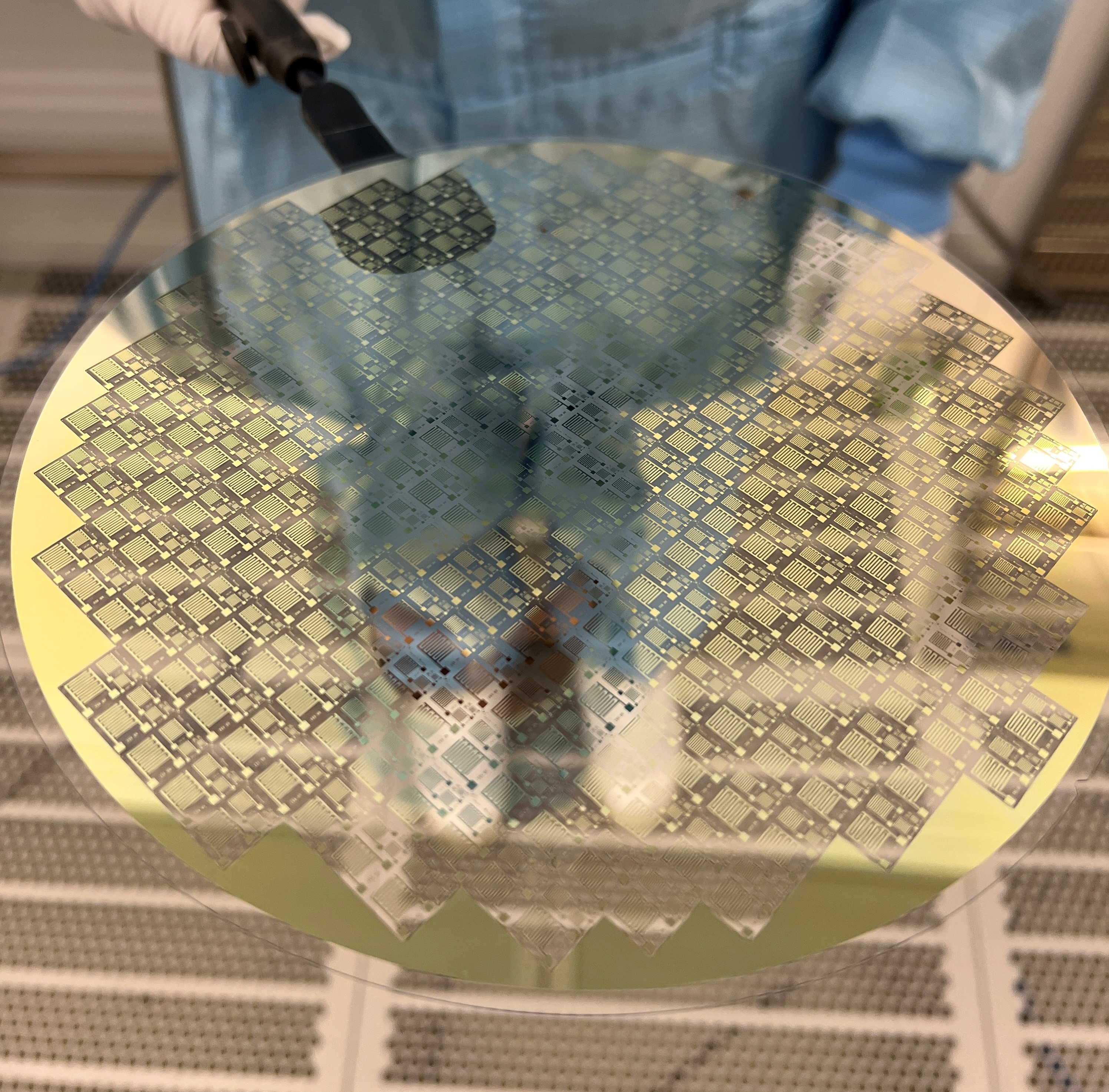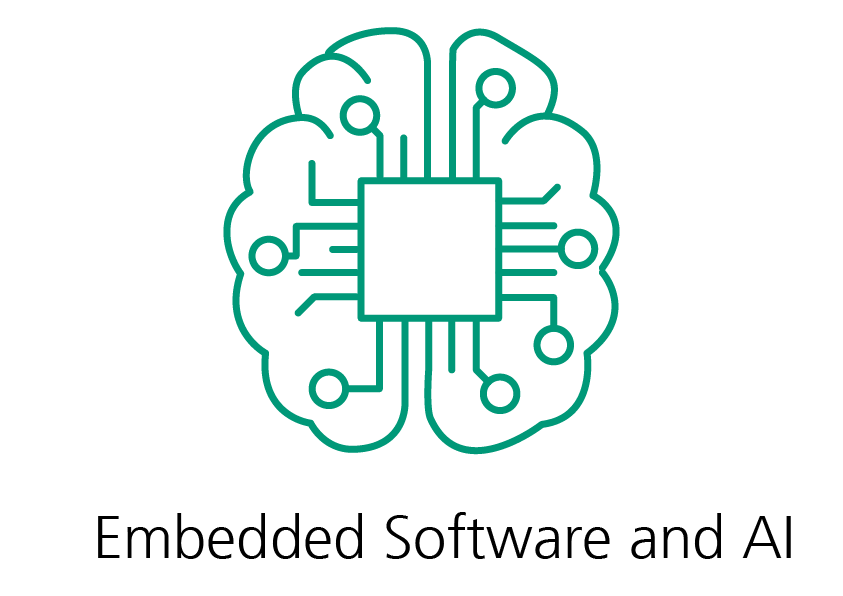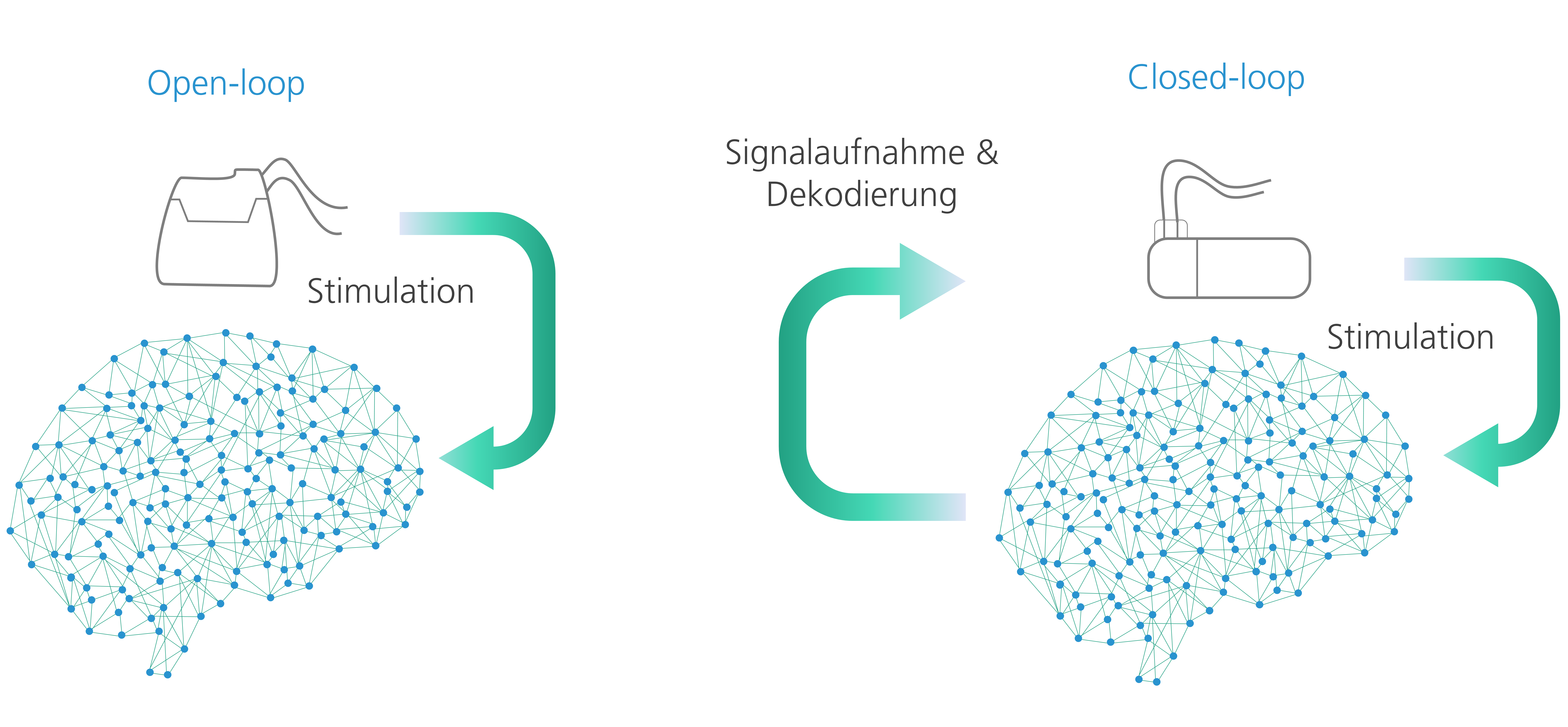What are neuralimplants?
Neuralimplants are medical devices that are implanted in the nervous system to improve or restore neurological functions. They can send signals to or receive signals from the brain or other parts of the nervous system. Research topics initiated today may ensure that neuralimplants become even smaller, safer and more effective in the future in order to help even more people affected.
There are proven and innovative approaches, for example there are various ways of carrying out targeted stimulation. The most common is electrical stimulation, which is already used for deep brain stimulation and transcutaneous nerve stimulation. Newer approaches include chemical stimulation, which has a more targeted effect on specific neuronal pathways, and optogenetics, in which neurons can be precisely activated or deactivated using light-sensitive proteins.
What medical opportunities do neuralimplants offer?
Neuralimplants open up promising possibilities both as an alternative to existing treatment options and as an opportunity for patients with previously untreatable diseases. In addition, advances in technology are enabling the increasingly realistic restoration of sensory functions, for example by increasing the number of pixels in vision restoration.
Replacing sensory perceptions
- Vision: retinal implants can send visual signals directly to the brain to aid vision in certain forms of blindness
- Hearing: Cochlear implants allow people who are deaf or hard of hearing to convert sound waves into electrical signals that the brain can interpret as sound
Neuromodulation
- Blood pressure: regulation through stimulation of specific nerve pathways
- Urinary function: control of bladder function through sacral nerve stimulation to improve incontinence
- Epilepsy: early detection and preventive stimulation of abnormal neuronal activity to prevent seizures
- Sleep apnoea: stimulation of the airway muscles to keep the airways open
Human-technology interaction
- Prosthesis control: Neuralimplants can read nerve signals and convert them into control signals for prostheses, enabling more intuitive and effective control
- Exoskeletons: Neuralimplants can send movement signals directly from the brain to an exoskeleton to restore movement in paralyzed patients

